“To be truly accessible, we must move away from stereotypes”
One disability that is often overlooked when thinking about accessibility is dwarfism.
Sometimes, dwarfism is even contested as being a disability, leading to some people with the condition being challenged or denied access to disabled facilities with the comment: “Oh, but you’re just little!”
That’s something that Dr Erin Pritchard, a lecturer in disability and education at Liverpool Hope University, has dealt with in the past. She has dwarfism, and came to Sightsavers’ offices to speak about challenging disability stereotypes to promote access for all.
At Sightsavers, Erin discussed her research into dwarfism and how it is often contested as a disability. She explained that dwarfism is frequently neglected in terms of access provisions, with disability images “always focused on wheelchair users. Therefore, the common thought is: ‘we’ll put in an elevator, or a lift, or a ramp.’ And therefore everything is accessible, right?”

Defining the characteristics of dwarfism, Erin told us that the average stature of someone with dwarfism is 4ft, or 120cm – “so you can just about get on some rides at Alton Towers”. She explained that she has achondroplasia, the most common form of dwarfism, which results in short arms and legs but an average torso.
Yet most buildings are architecturally designed for an average 6ft man. “This means public spaces can be really disabling,” Erin explained. “They create physical barriers for anyone who doesn’t fit the conception of the normal body.”
Showing an image of a supposedly accessible counter in a post office, where the counter had been lowered, Erin explained that as a person with dwarfism, she wouldn’t be able to reach the chip and pin machine, nor the big tray for depositing parcels. “You also can’t interact or communicate properly because the microphone is too high,” she noted.
Another misconception is around seating, with a common assumption being that people with dwarfism have it easy: “You get more leg room on a plane, for instance.” Yet the reality is somewhat different. “Your feet are poking into the back of the seat in front which is really uncomfortable,” Erin explained. “Once in a classroom at school, I had to climb onto an awful plastic chair, which cut off the circulation in my legs – they hung over the edge but never reached the floor. This caused me to shuffle constantly to stop the pins and needles.”
Erin told us that people with dwarfism are often treated as per the medical model of disability, with the medical community attempting to ‘fix’ the impairment. “In the past, doctors would break your legs as a child and stretch them for two years so you could be normal like everyone else,” she explained.
Even today, people with dwarfism are often treated with a growth hormone. This highlights medical solutions rather than ‘social model’ solutions, which involve making reasonable adjustments to facilities so they cater for everyone, regardless of their height. A big part of this involves changing people’s perceptions about what it means to be disabled, and recognising that disability takes many forms. “You can’t go to a rock gig, for example, because you have to stand behind another person and have their backside in your face.”
Erin’s research therefore focuses on strengthening the principals of universal design, to ensure facilities are accessible for all. “These will work if we move away from the dominant stereotypes associated with disability,” she explained.
“Instead of striving just to make things accessible for wheelchair users, and limiting our efforts to focus on less than 10 per cent of disabled people, we must aim for a much wider approach to become accessible for everyone.”
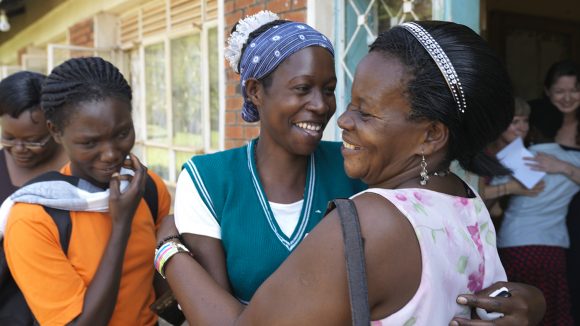
Sightsavers and social inclusion
Read more about how our organisation is committed to diversity in the workplace
Social inclusion groupAuthor
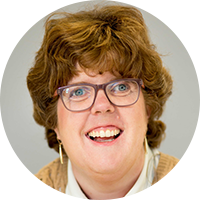 Kate Bennell is the organisational inclusion coordinator at Sightsavers UK. Severely sight impaired herself, she coordinates the Social Inclusion Working Group and champions accessibility.
Kate Bennell is the organisational inclusion coordinator at Sightsavers UK. Severely sight impaired herself, she coordinates the Social Inclusion Working Group and champions accessibility.
LinkedIn
On reflection
“I originally met Erin at the Universal Designs Conference in York in 2016, when she gave a talk about the importance of accommodating different body sizes in education in the UK – a topic of interest to many colleagues at Sightsavers as we seek to broaden our discussions on inclusion in the workplace.
“Thinking about Erin’s talk, I was challenged in my assumptions about the range of disabilities and how it is important to broaden one’s perspective. We’d previously had some interesting conversations at Sightsavers about the accessibility of our own offices and how we had perhaps not considered accessibility as widely as should do. So thank you Erin for opening our eyes and challenging our assumptions.”
Read about Sightsavers’ commitment to inclusion
Social Inclusion Working GroupMore from the
Social Inclusion Working Group
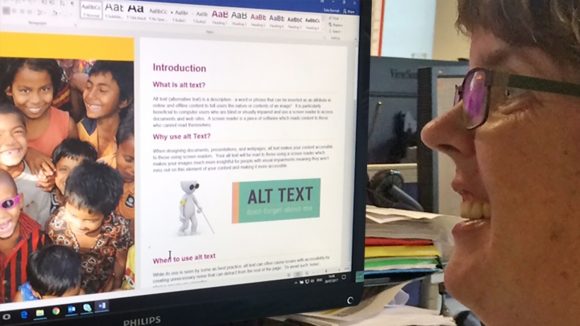
How to support people with hydrocephalus at work
Sightsavers’ Kate Bennell shares her experience of living with hydrocephalus and explains how employers can support colleagues with the condition.
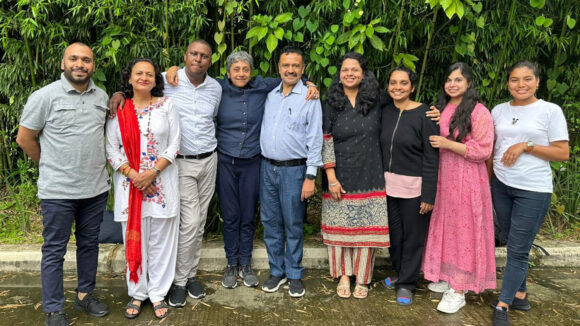
How people with psychosocial disabilities can claim their rights
Sightsavers’ Kate Bennell reflects on a recent talk led by Transforming Communities for Inclusion about psychosocial disabilities.
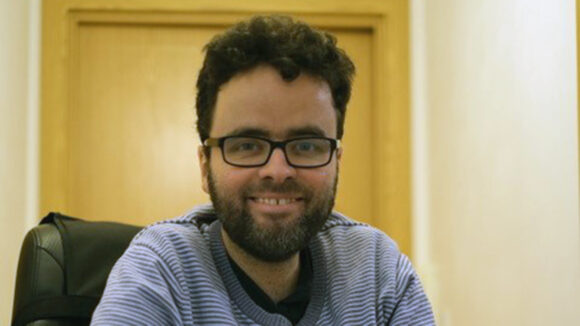
“My aim is to make the world a better place for disabled people”
Sightsavers’ Kate Bennell talks to Peter Fremlin, curator and author of the Disability Debrief, about the online newsletter which provides a disability lens on world news.
